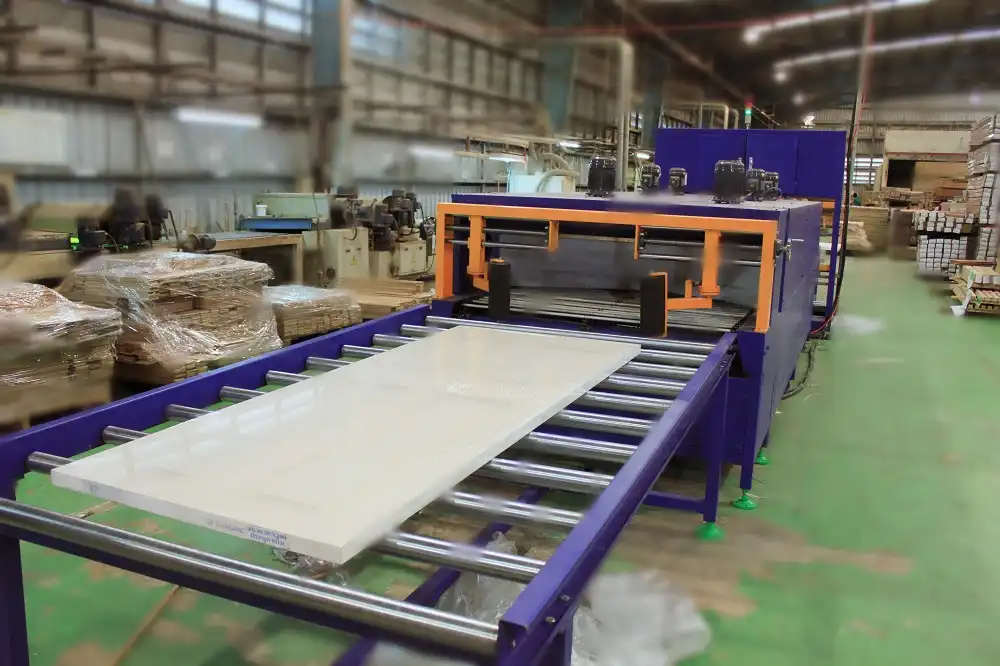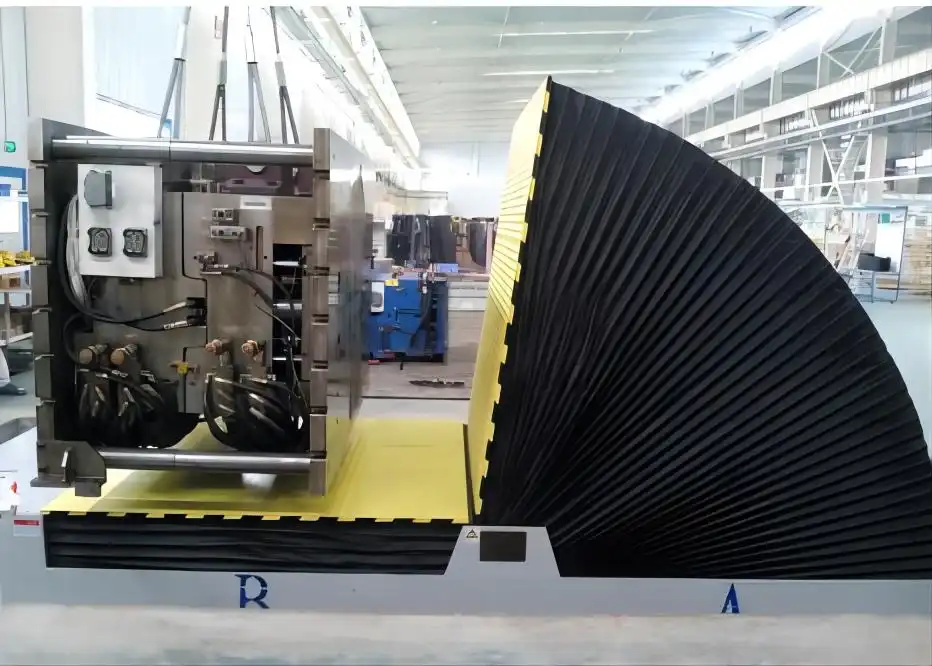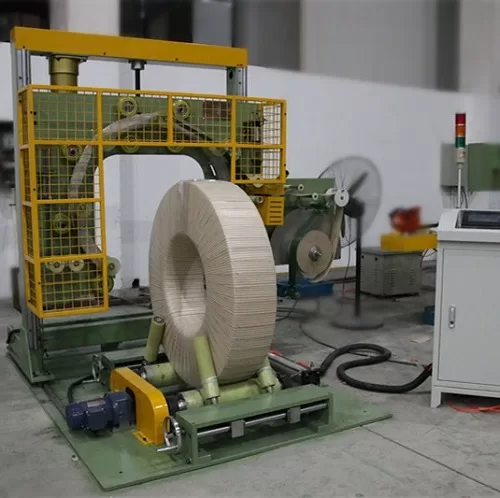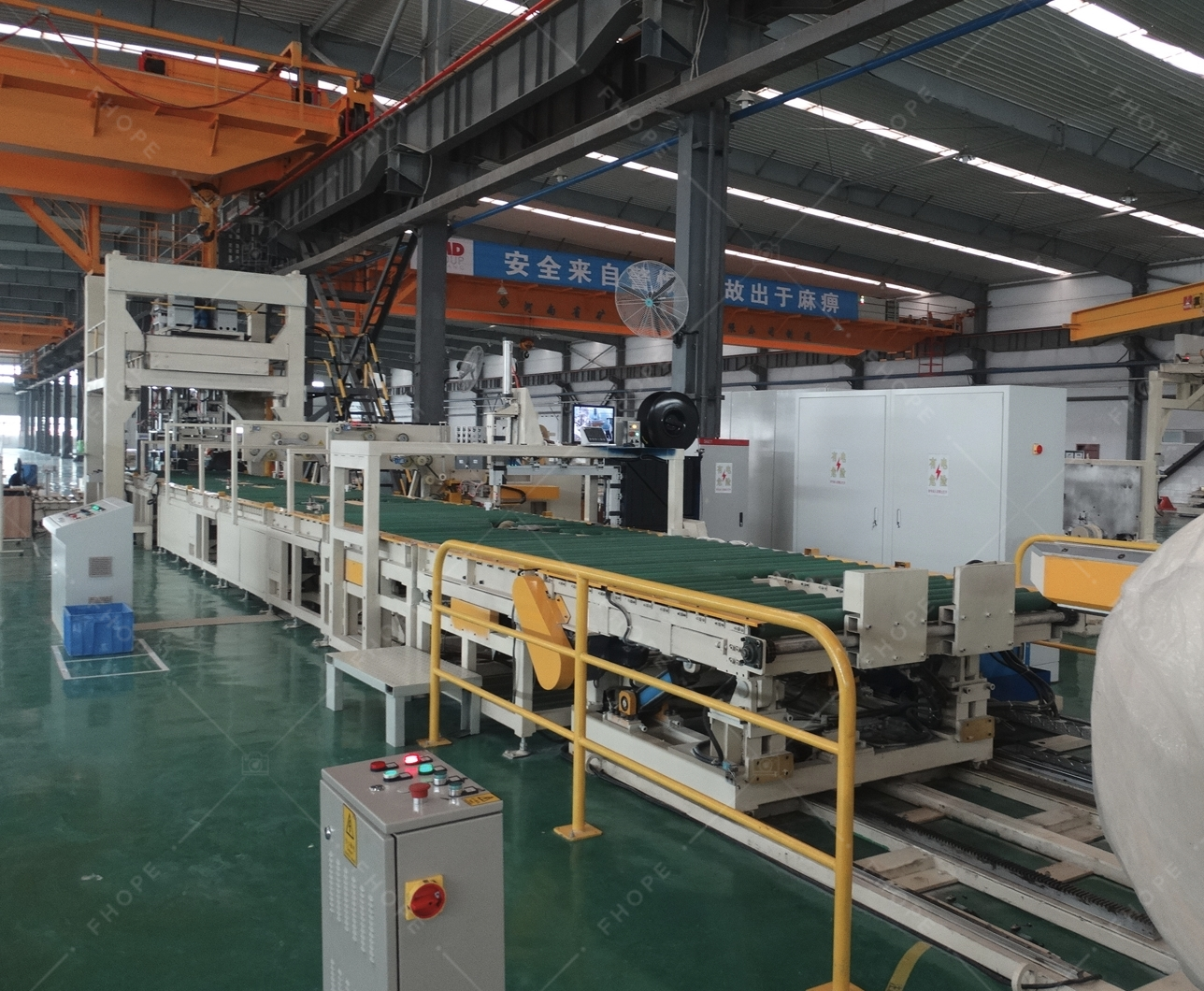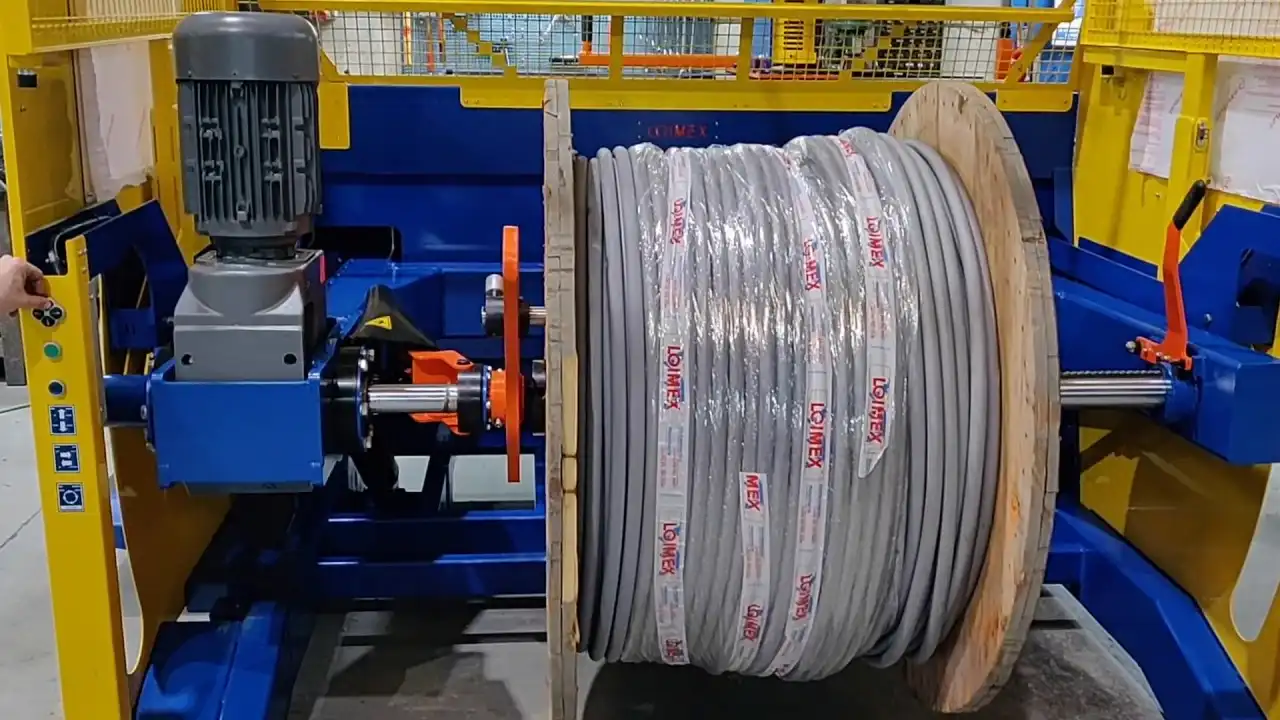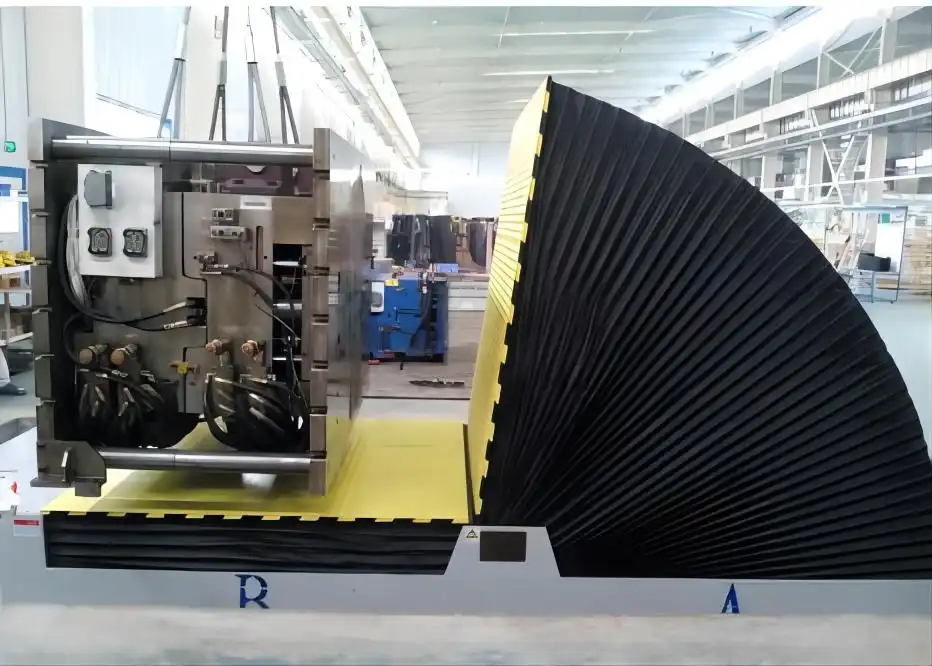1. What Is the Importance of Mold Upenders in the Plastics Industry?
Every plastics manufacturer strives for top-tier quality, yet consistent achievement remains a challenge. Mold upenders are pivotal in elevating injection molding quality, often overlooked despite their impact on mold release and surface finish. Understanding their importance is key to superior production.
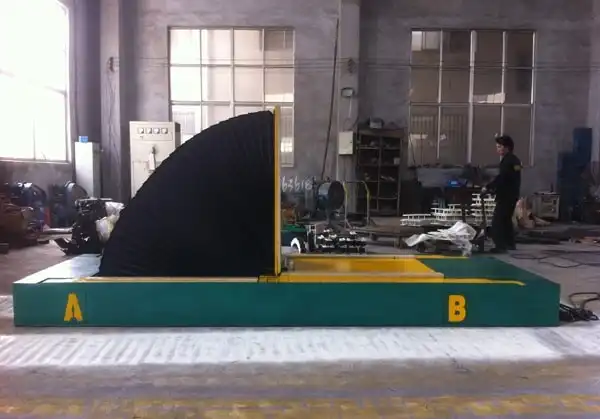
Mold upenders are critical for enhancing quality and efficiency in plastics manufacturing. They ensure smooth mold release, improve surface finish, and streamline operations by safely rotating heavy molds. This leads to fewer defects, consistent quality, and a safer work environment, making them essential for modern plastic production.
Delving deeper into the functionality and benefits of mold upenders reveals why they are not just useful, but a necessity for competitive plastics manufacturing operations. Let’s explore how these machines revolutionize the industry.
1. Enhancing Manufacturing Quality with Mold Upenders
Mold upenders significantly boost manufacturing quality by ensuring accurate mold rotation, crucial for efficient processing and release. These machines, when used skillfully, lead to notable improvements in product surface finish and overall quality in plastics manufacturing.
Mold upenders enhance manufacturing quality by ensuring proper mold release and improving product surface finish. By rotating molds 90 degrees, they facilitate damage-free release, reduce defects, and promote even pressure distribution. This results in higher quality injection-molded parts and streamlined operations, crucial for consistent, high-quality plastics production.
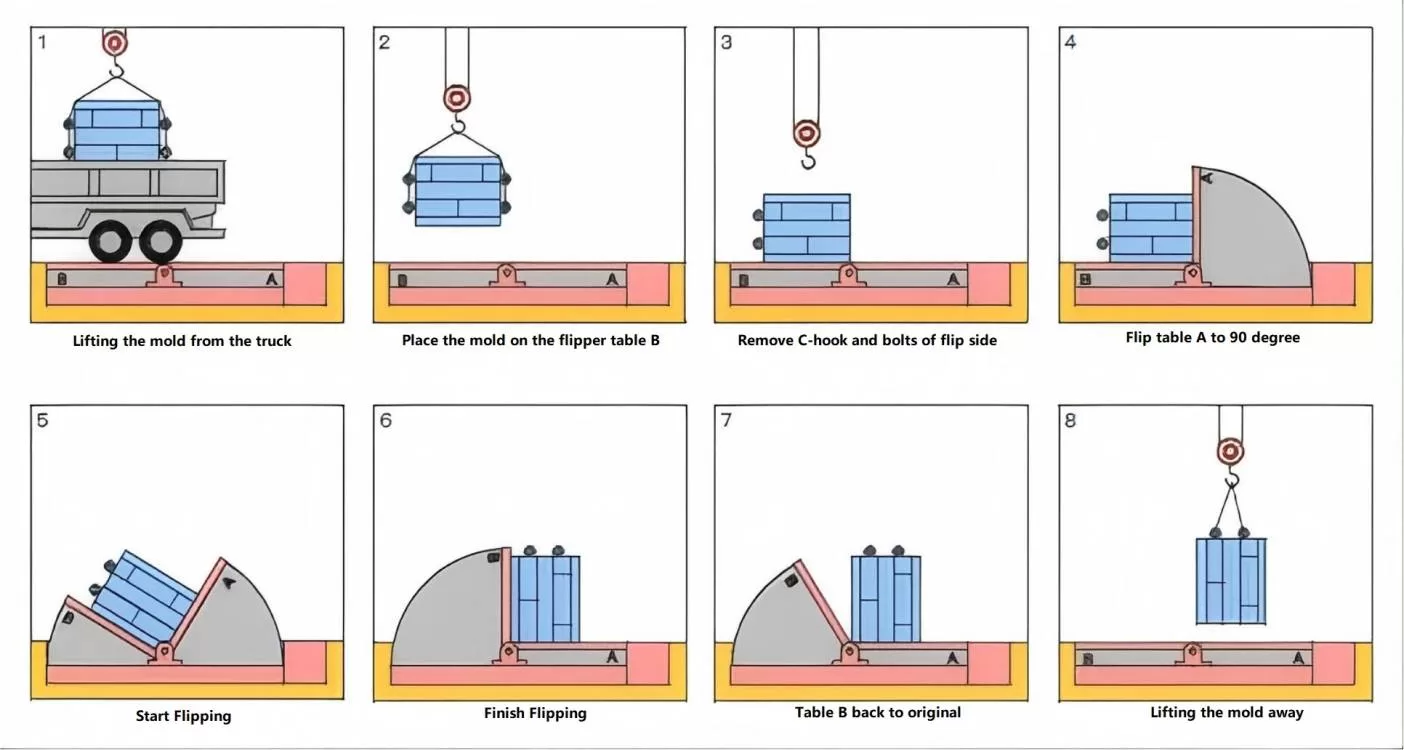
Analyzing the Critical Role of Mold Upenders in Quality Improvement
Mold upenders are more than just simple machines; they are integral to achieving superior quality in plastics manufacturing. Their impact spans across multiple aspects of the production process, directly influencing the final product’s integrity and consistency. To fully appreciate their importance, let’s dissect their role in enhancing manufacturing quality through a detailed analysis.
Precision in Mold Handling
One of the primary advantages of mold upenders is the precision they bring to mold handling. Manual handling of heavy molds is fraught with risks, including misalignment and damage, which can directly translate to defects in the plastic products. Mold upenders, on the other hand, offer controlled and accurate rotation, typically at 90 or 180 degrees. This precise positioning is crucial for several reasons:
- Consistent Mold Alignment: Accurate rotation ensures that molds are perfectly aligned during each operation. Misalignment, even minor, can lead to uneven pressure distribution within the mold cavity, resulting in inconsistencies in wall thickness, shape, and surface finish of the molded plastic parts.
- Optimized Material Flow: Proper mold alignment facilitated by mold upenders promotes uniform material flow during the injection molding process. This even flow is essential for achieving consistent density and reducing the likelihood of air traps and voids within the plastic product, which are common causes of structural weakness and surface imperfections.
- Reduced Mold Stress: Controlled rotation minimizes stress on the molds themselves. Jerky or uneven handling can cause wear and tear, leading to premature mold degradation and impacting the quality of subsequent moldings. Mold upenders ensure smooth and gentle movement, prolonging mold lifespan and maintaining their precision.
Impact on Product Surface Finish
The surface finish of plastic products is a critical quality attribute, especially for consumer goods and components where aesthetics matter. Mold upenders play a significant role in achieving flawless surface finishes through several mechanisms:
- Even Pressure Distribution: As mentioned earlier, precise mold alignment ensures even pressure distribution. This is vital for replicating the mold cavity’s surface texture accurately onto the plastic product. Uneven pressure can lead to variations in surface texture, resulting in rough patches or unwanted patterns.
- Minimized Material Stress: Stress-free turning and tilting of molds, courtesy of mold upenders, minimizes stress on the molten plastic material as it fills the mold cavity. Reduced stress translates to fewer surface defects such as flow lines, weld lines, and stress marks, which can mar the product’s appearance and compromise its structural integrity.
- Efficient Mold Release: Mold upenders facilitate smoother and damage-free mold release. By properly positioning the mold, they ensure that the molded plastic part is ejected without sticking or dragging against the mold surfaces. This prevents scratches, scuff marks, and other surface imperfections that can occur during manual mold separation.
Enhancing Injection Molding Quality
Ultimately, the benefits of mold upenders converge to enhance the overall quality of injection-molded plastic products. This enhancement is reflected in several key quality metrics:
- Dimensional Accuracy: Precise mold handling and consistent material flow contribute to improved dimensional accuracy of the molded parts. Mold upenders help ensure that the final plastic products adhere closely to design specifications, minimizing variations and ensuring proper fit and function in assemblies.
- Reduced Defect Rate: By minimizing mold misalignment, material stress, and surface damage, mold upenders significantly reduce the defect rate in plastic production. Fewer defects translate to less waste, lower production costs, and higher overall efficiency.
- Consistent Product Quality: The automation and precision offered by mold upenders lead to more consistent product quality across production runs. This consistency is crucial for maintaining customer satisfaction and building a reputation for reliability in the plastics industry.
To illustrate the impact, consider the following comparison between manual mold handling and using mold upenders:
| Aspect | Manual Mold Handling | Mold Upender Handling | Improvement |
|---|---|---|---|
| Mold Alignment | Inconsistent, prone to errors | Precise and consistent | Enhanced dimensional accuracy |
| Material Flow | Uneven, potential for air traps | Uniform, optimized for cavity filling | Reduced defects, improved structural integrity |
| Surface Finish | Higher risk of scratches and imperfections | Smoother, minimizes surface defects | Superior product aesthetics |
| Defect Rate | Higher | Significantly lower | Reduced waste and production costs |
| Production Consistency | Variable | Highly consistent | Reliable product quality |
| Mold Lifespan | Potentially shorter due to stress | Extended due to gentle, controlled handling | Long-term cost savings |
In conclusion, mold upenders are not merely ancillary equipment; they are fundamental tools for achieving and maintaining high standards of quality in the plastics industry. Their ability to enhance precision, minimize defects, and ensure consistency makes them indispensable for any manufacturer aiming for excellence in plastic product manufacturing. By investing in and properly utilizing mold upender technology, companies can significantly elevate their product quality, streamline operations, and gain a competitive edge in the market.
2. How Mold Upenders Affect the Surface Finish of Molded Products
Mold upenders are essential for achieving optimal surface finishes in molded products. By providing precise and stress-free turning and tilting of molds, these machines minimize surface defects and ensure uniform material flow, significantly enhancing the quality of the final plastic product.
Mold upenders critically improve the surface finish of molded products by ensuring precise mold handling. They facilitate even pressure and material distribution through accurate 90-degree turning and tilting. This minimizes defects like air bubbles and uneven textures, resulting in smoother, higher-quality surfaces, essential for superior plastics manufacturing.
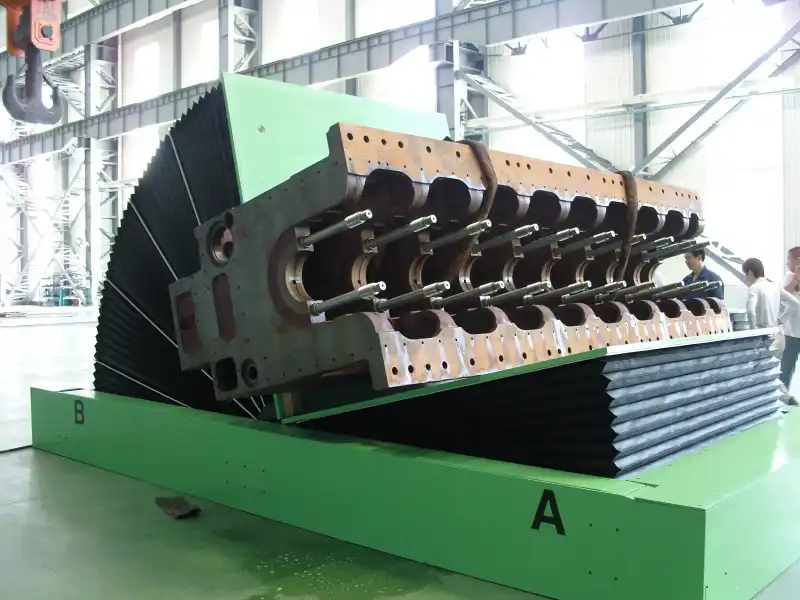
Deeper Examination: Precision and Material Flow for Superior Finish
The impact of mold upenders on surface finish is profound, rooted in their ability to control precision and optimize material flow during the molding process. To fully grasp this, we need to delve into the technical details of how mold upenders contribute to a flawless surface finish.
Precision Turning and Tilting: The Foundation of Smooth Surfaces
The core function of a mold upender—precise 90-degree turning and tilting—is the cornerstone of achieving superior surface finishes. This precision is not just about moving the mold; it’s about doing so in a controlled and predictable manner that directly benefits the molding process.
- Eliminating Manual Handling Risks: Manual turning of heavy molds is inherently risky and imprecise. It can lead to jerky movements, accidental bumps, and inconsistent positioning. These inconsistencies translate directly into surface defects. Mold upenders eliminate these risks by providing smooth, controlled, and repeatable rotation. The machine’s precision ensures that the mold is always in the optimal position for each stage of the molding cycle.
- Consistent Mold Orientation: For complex molds, achieving the correct orientation for filling and cooling is crucial for surface finish. Mold upenders guarantee consistent mold orientation, cycle after cycle. This consistency is vital for uniform material distribution and cooling, both of which are essential for a smooth, even surface.
- Optimized Mold Access for Maintenance: While not directly part of the molding cycle, the ease of access provided by mold upenders for mold maintenance indirectly enhances surface finish. Regular cleaning and maintenance of molds are essential to prevent surface imperfections from transferring to the molded parts. Upenders make it easier to access all mold surfaces for cleaning, polishing, and repairs, ensuring a pristine mold surface that yields high-quality finishes.
Material Flow and Distribution: Key to Defect-Free Surfaces
The way molten plastic flows and distributes within the mold cavity is paramount for surface finish. Mold upenders indirectly influence material flow by facilitating optimal mold positioning, leading to:
- Even Material Distribution: Proper mold orientation, achieved through precise upending, promotes even distribution of molten plastic throughout the mold cavity. Uneven distribution can lead to variations in cooling rates and material density, causing surface defects like sink marks and warpage. Mold upenders help ensure that the material fills the cavity uniformly, resulting in a consistent surface finish across the entire part.
- Reduced Air Entrapment: Air bubbles trapped within the molded part are a common cause of surface defects. Optimized mold positioning, facilitated by upenders, helps vent air effectively during the injection process. Proper venting reduces air entrapment, leading to smoother, defect-free surfaces.
- Minimized Stress on Material: Stress on the molten plastic during injection and cooling can lead to surface imperfections like flow lines and stress marks. Mold upenders, by enabling controlled mold handling, contribute to a more relaxed and stress-free molding process. Reduced material stress translates to fewer surface defects and an improved overall finish.
Impact on Material Types
The benefits of mold upenders for surface finish are particularly pronounced when working with certain types of plastics and materials that demand precision handling:
- Thermoplastics: Thermoplastics, commonly used in injection molding, are sensitive to temperature and pressure variations. Mold upenders’ precision ensures consistent molding conditions, crucial for achieving the desired surface finish in thermoplastic parts.
- High-Gloss Polymers: For polymers designed for high-gloss finishes, any surface defect is readily visible. Mold upenders are essential for minimizing imperfections and maximizing the gloss and clarity of these materials.
- Filled and Reinforced Plastics: Plastics filled with fibers or particles can exhibit surface irregularities if not molded correctly. Mold upenders aid in achieving uniform distribution of fillers and reinforcements, leading to smoother surfaces in these materials.
By ensuring precise mold handling and optimizing material flow, mold upenders are indispensable for achieving superior surface finishes in molded plastic products. Their contribution extends beyond mere rotation, impacting the fundamental aspects of the injection molding process that dictate the final product’s aesthetic and functional quality. For manufacturers aiming for flawless surface finishes, integrating mold upenders into their production line is a strategic imperative.
3. Enhancing Production Efficiency with Mold Upenders
Mold upenders enhance overall production efficiency by enabling precise mold positioning, minimizing manual intervention, and facilitating seamless workflow integration. This results in consistent production quality, reduced risk of defects, and a safer, more productive work environment in plastics manufacturing.
Mold upenders significantly boost production efficiency in plastics by automating mold handling. They reduce manual labor, speed up mold changes, and ensure consistent mold positioning. This leads to decreased handling time, improved production quality, and enhanced operator safety, making them vital for efficient plastics manufacturing operations.
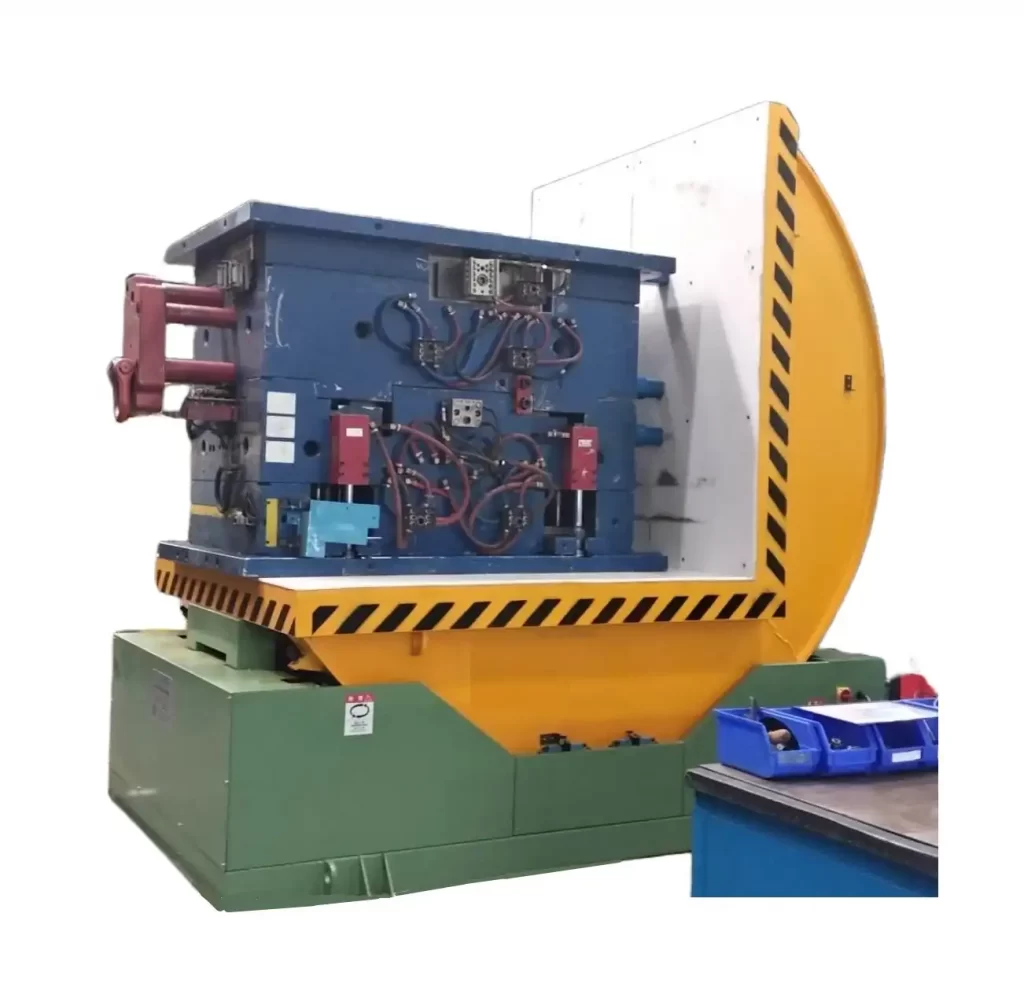
Examining the Efficiency Boost: Time Savings and Workflow Optimization
The efficiency gains from integrating mold upenders into plastics production are substantial, stemming from time savings, workflow optimization, and reduced operational bottlenecks. To fully appreciate this, let’s examine the specific ways mold upenders enhance production efficiency.
Time Savings in Mold Handling and Changeover
Manual mold handling is a time-consuming process, often involving multiple operators, overhead cranes, and slow, deliberate movements to ensure safety. Mold upenders drastically reduce the time required for various mold-related tasks:
- Faster Mold Changes: Mold changes in injection molding machines can be a significant source of downtime. Mold upenders automate the rotation and positioning of molds, significantly speeding up the changeover process. What might take hours manually can be reduced to minutes with a mold upender, minimizing downtime and maximizing production uptime.
- Reduced Handling Time in Maintenance: Mold maintenance, including cleaning, inspection, and repair, requires rotating and tilting heavy molds to access all surfaces. Mold upenders make this process faster and easier. Technicians can quickly and safely reposition molds to perform maintenance tasks, reducing the time molds are out of production.
- Efficient Mold Storage and Retrieval: Handling molds for storage and retrieval can also be time-consuming and cumbersome manually. Mold upenders can be integrated into mold storage systems to facilitate efficient and rapid storage and retrieval, further streamlining workflow and saving time.
Workflow Optimization and Automation
Beyond time savings, mold upenders optimize the overall production workflow by enabling automation and reducing manual intervention:
- Seamless Integration with Material Handling Systems: Mold upenders can be seamlessly integrated into automated material handling systems. This integration allows for a continuous and streamlined flow of molds through the production process, from storage to maintenance to the injection molding machine and back. Automated handling minimizes bottlenecks and ensures smooth operations.
- Reduced Manual Labor: Manual mold handling is labor-intensive and requires skilled operators. Mold upenders automate much of this handling, reducing the need for manual labor. This not only saves labor costs but also frees up personnel for other value-added tasks in the production process, improving overall productivity.
- Enhanced Workflow Consistency: Automated mold handling with upenders ensures consistent and repeatable processes. This consistency reduces variability in cycle times and workflow, making production planning and scheduling more predictable and efficient.
Impact on Key Efficiency Metrics
The efficiency gains from mold upenders are reflected in several key performance indicators:
| Efficiency Metric | Manual Mold Handling | Mold Upender Handling | Improvement |
|---|---|---|---|
| Mold Changeover Time | Hours | Minutes | Significant reduction in downtime |
| Mold Maintenance Time | Longer, more labor-intensive | Shorter, less labor-intensive | Faster turnaround for maintenance |
| Mold Storage/Retrieval Time | Slow, manual process | Fast, automated process | Streamlined mold management |
| Operator Involvement | High, requires skilled labor | Lower, reduces labor dependency | Frees up personnel for other tasks |
| Workflow Consistency | Variable, prone to delays | Consistent, predictable flow | Improved production planning and scheduling |
| Production Throughput | Lower due to handling bottlenecks | Higher due to streamlined workflow | Increased output and faster cycle times |
Investing in mold upenders is a strategic decision that yields significant returns in terms of production efficiency. By reducing handling times, optimizing workflows, and minimizing manual labor, these machines empower plastics manufacturers to achieve higher throughput, lower operational costs, and a more agile and responsive production environment. The efficiency boost provided by mold upenders is a key factor in maintaining competitiveness and profitability in the demanding plastics industry.
4. Essential Safety Features in a Mold Upender
Safety is paramount when handling heavy industrial equipment like mold upenders. Essential safety features are not just add-ons, but critical components that ensure operator well-being and prevent damage to valuable molds in the plastics industry.

Essential safety features in mold upenders include emergency stops for immediate halting, load locking mechanisms to secure molds during rotation, and operator safety shields. Displacement restrictors prevent over-travel, while alarms alert to hazards. These measures ensure a secure environment for heavy mold handling in plastics manufacturing.
A comprehensive approach to safety is crucial in the design and operation of mold upenders. These features protect personnel and equipment, making mold upenders reliable and safe workhorses in plastics manufacturing.
Conclusion
In conclusion, mold upenders are indispensable for enhancing quality, efficiency, and safety in the plastics industry. Their precision in mold handling directly improves product surface finish and reduces defects, while automation streamlines workflows and minimizes downtime. Investing in reliable mold upender technology is essential for manufacturers aiming to maintain superior product standards and a competitive edge in the dynamic plastics market. By integrating mold upenders, companies can ensure safer operations, higher quality products, and more efficient production processes, solidifying their position in the industry.

